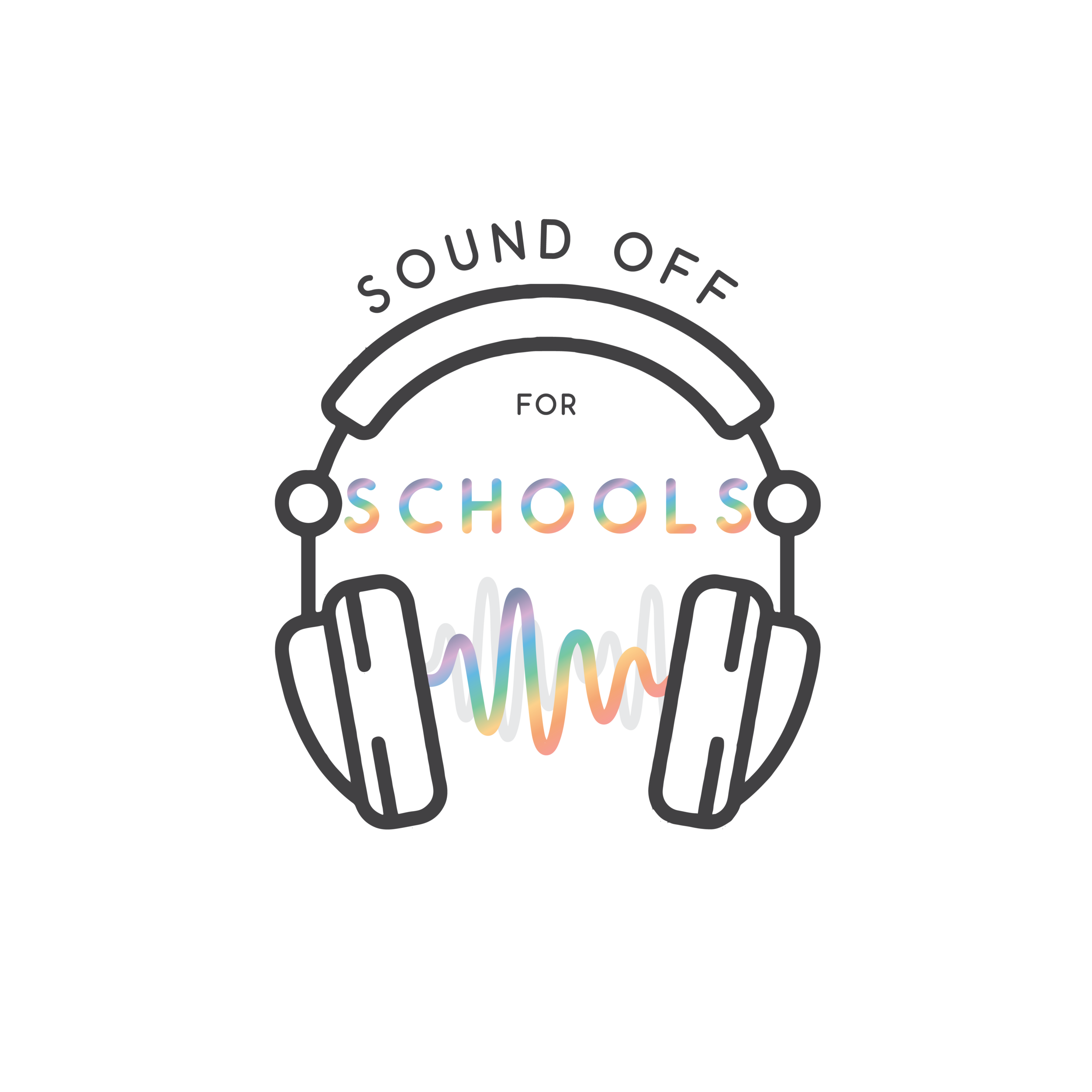HOW CAN WE CONNECT WITH OUR MOST CHALLENGING STUDENTS?
Our most challenging students often have and are continuing to experience high levels of toxic stress in their environments and possibly arrive in our classrooms carrying the weight of adverse childhood experiences (ACEs).
These young people are simply existing in “survival” mode, for every minute of their day they are in acute awareness of threats to their here and now, often looking and searching for warning signs of intimidation to their safety, and therefore react instantly to any kind of danger warning, always preparing the body to move away, to retreat to safety.
Did you know that a threat to a young person living with this trauma experience can be as much as the raised voice of their classroom teacher, a screeching school bell, the innocent hallway tussle between mates, the accidental spill of a paint tin in art class?
Does it serve our educators to know and learn that the inability of these students to engage in “on-demand” higher order cognition in the classroom is due to the hyper-arousal of their limbic system?
The limbic system is the part of the human brain responsible for scanning the environment to observe any threats to survival.
As calm and grounded adults, we know that the slight raise of our voice and the sound of a squealing school bell is not a threat to our survival. However, this discernment is unavailable to a young person who is existing in ‘survival mode’. For these young people who might be experiencing exposure to long-term and sustained trauma, they will experience blood rushing to the face and neck, or the limbs - ready for flight, a racing heart rate in the throat or chest - preparing for fight, shallow and prickly breathing, blurred vision and the overwhelming need to retreat or react.
These students are not deliberately deciding to disrespect our instruction, react to a behaviour cue in anger or wriggle relentlessly in their seat - it’s in fact their human survival instinct that is dictating the behavioural response in their brain and physical body.
Pain based behaviors can manifest as disrespect, disobedience, mood swings, excess anger, fidgeting in their seat, lack of self control...all sound like punishable traits in our schools, right?
We must stop treating ‘pain based behaviours’ with more pain.
It's challenging. It’s extremely difficult as educators, in the midst of holding space for up to 35 students or more at one single time in our classrooms to see these behaviours with compassion and lean into understanding the source of the student’s behaviour.
It’s quite likely that we become discouraged, discount these young people as not being worth our time, become frustrated, react and perhaps even become triggered. All of these expected human reactions to stress and constant provocation in our workplace.
Did you know that 46% of teachers report high daily stress during the school year (this is at a similar rate as nurses for the highest level among all occupational groups).*
So let's begin to rewire our thoughts from, “What is so wrong with this student?” to “What has caused this student pain in the past?”
Can we become ‘pain detectives’ for a deeper understanding of the behaviors of our most challenging charges?
Here are the three generalised types of pain based behaviour we can begin to look out for in our classrooms:
Anger of Despair ~ often characterised by an inner dialogue of, “I deserve this punishment and trauma” and a very internalised projection of anger. Anger at self, negative view of self, low opinion of their place in the universe, disconnected from the world and the common human experience, isolation, loneliness, internal blame for being alive, believe their existence is a burden.
Anger of Hope - commonly characterised by aggressive outpourings and claims of, “I do not deserve this punishment and trauma” and a very externalised projection of hurt and victim-hood. Anger at the world, negative view of the world and it’s injustices, strong opinions about what is fair and just in an aggressive and often irrational manner, believes the world owes them something, unable to connect to others, failure to trust, resistance to relationships, skepticism, external blame for all challenges faced.
Hyper vigilance ~ often observed through an obvious and visual uneasiness in the world, anxiety about what will happen next, panic and stress about small changes to their routine, nervous to participate in unfamiliar experiences, resistance to unstructured activities, need for control and safety, alert to all sensory stimulus in the school environment, heightened awareness of noise and chaos, easily upset or triggered by external stimuli, generalised belief that the world is not a safe place.
To save our schools and classrooms from becoming places of disconnection, futility and further pain for these young people, educators can learn the art of noticing, “being with”, and giving pain based behaviour space (where safe and possible!).
To connect we can begin with;
Reframe all past encounters as a chance to learn about the student.
Build and provide a secure and trusting relationship.
Decode behaviours - use the generalised categories above.
Model respect and leadership to all people you connect with.
Remember small things about the student.
Allow time for growth and change.
Be. Patient.
We acknowledge and regard the tireless work that every single educator is doing with our young people. We see your struggle and want you to know that now more than ever before, you might be the only experience of hope and trust that a young person has in their world. This vocation is worth it, even if you are drowning in a sea of caffeine and drafts!
*Reading list:
Gallup Poll, 2014
Greenwald O’Brien, 2008, https://news.drake.edu/2010/10/21/jessica-p-greenwald-obrien-presenting-on-immigrant-and-refugee-children-in-education-classrooms-and-counseling-settings/
